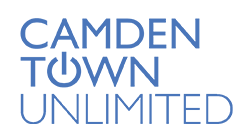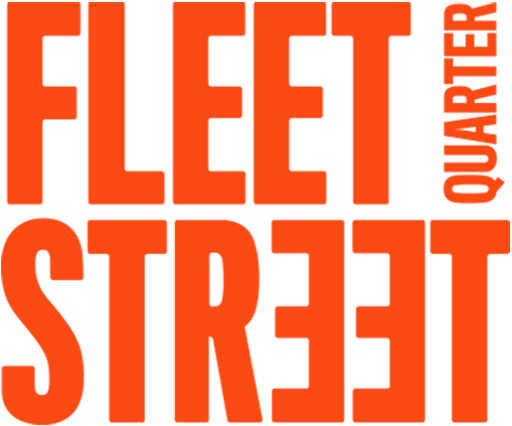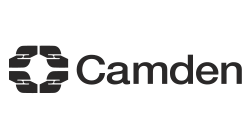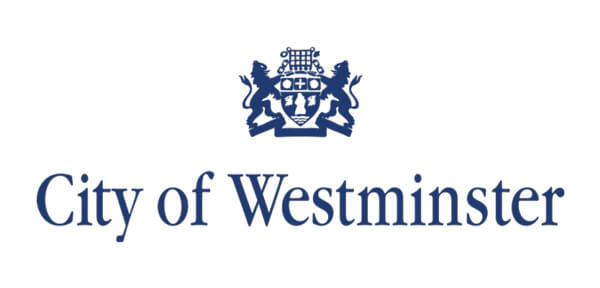COP 21 – 2015 Paris Climate Conference
7th December 2015 / Posted by CRP TeamThe twenty-first session of the Conference of the Parties (COP) is taking place from 30 November to 11 December 2015 in Paris, France. Despite significant sticking points to be discussed at the conference, strong political momentum has built worldwide, giving hope that this conference might in fact lead to a universal and binding climate agreement.
700,000 people took part in climate marches across the world the weekend before the conference opened. However, a survey revealed that two thirds of the UK public are unaware of the talks. Here are some of the most important facts:
The United Nations Framework Convention on Climate Change (UNFCCC) was adopted in Rio de Janeiro in 1992 and has been ratified by 196 States, known as the State Parties. Essentially, at COP 21 countries will look for ways to limit global warming to two degrees, which is considered as the threshold beyond which global warming becomes catastrophic and irreversible. Negotiations will include targets to phase out fossil fuels, targets for renewable energy and about making each country’s contributions legally binding. The majority of commitments have been submitted prior to the conference by 178 countries covering more than 90% of global emissions. However, even if these current pledges are met, they will still not be sufficient to limit global warming to 2°C.
Besides the political momentum, the engagement of non-state actors at the conference is encouraging. Big corporations and financial institutions, such as Unilever, Ikea and Allianz have made substantial commitments and divestment vows have increased considerably. But as Michael Dickstein, Director of Global Sustainable Development at Heineken (a CRP-led FREVUE demonstrator partner) puts it: “The real work starts when COP21 has found the resolution, […] making sure it isn’t something written on paper, but something that is put into practice.”
For more information, please see http://unfccc.int/meetings/paris_nov_2015/meeting/8926.php
The first week of the talks sees negotiators work on the draft text. During the second week the official COP will begin high-level negotiations about the remaining key points. The last few days of the conference will see the final ‘plenary’ meeting at the most senior level. Every country can veto the agreement. A unanimously approved document has never been achieved, but observers claim this is the most political momentum they have ever seen at a COP.























